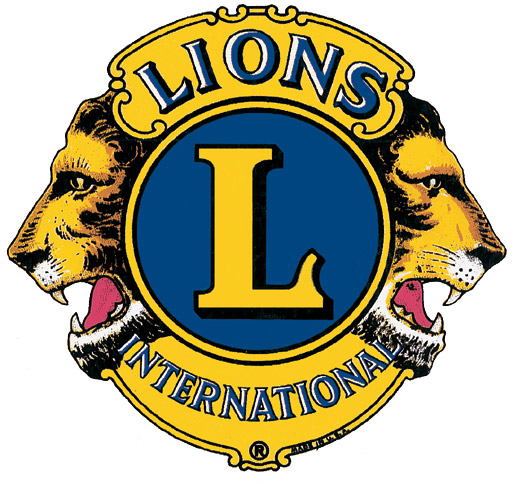The International Association of Lions Clubs began as the dream of Chicago businessman Melvin Jones. He believed that local business clubs should expand their horizons from purely professional concerns to the betterment of their communities and the world at large.
Jones' own group, the Business Circle of Chicago, agreed. After contacting similar groups around the country, an organizational meeting was held on June 7, 1917, at the LaSalle Hotel in Chicago. The new group took the name of one of the groups invited, the "Association of Lions Clubs," and a national convention was held in Dallas in October of that year. A constitution, by-laws, objects and code of ethics were approved.
Among the official objects adopted in those early years was one which read, "No club shall hold out the financial betterment of its members as its object." This object has remained one of the association's main tenets ever since.
Just three years after its formation, the organization became international when the first club in Canada was established in 1920. Major international expansion continued as clubs were established, particularly throughout Europe, Asia and Africa during the 1950s and 60s.
Why Lions are "Knights of the Blind"? - Perhaps the single event having the greatest impact on the association's service commitment occurred in 1925 when Helen Keller addressed the Lions at their international convention in Cedar Point, Ohio USA. It was there that she challenged Lions to become "knights of the blind in the crusade against darkness."
In 1990 Lions launched their most aggressive sight preservation effort to date, SightFirst. The more than US$130 million-plus program strives to rid the world of preventable and reversible blindness by closing the gap between existing health care services and those that remain desperately needed.
Broadening its role in international understanding, the association helped the United Nations form the Non-Governmental Organizations sections in 1945, and continues to hold consultative status today. Each year, during The Lions Day With The United Nations ceremonies, an award is presented to the grand prize winner of the Lions International Peace Poster Contest.
Since those first years, the association has grown to include 1.4 million men and women in more than 44,000 clubs located in approximately 185 countries and geographical areas.
They are volunteer members of clubs grouped under an International organization, where they enjoy fellowship, and dedicate part of their free time to help those in need all over the world, while making their individual communities a better place to live in.
Lionism began in the United states in 1917 when a group of independent clubs responded to an ideal presented to them by a young Chicago insurance agent, Melvin Jones.
The ideal was one of service as a group to their fellow men without regard to politics, religion, race, or in any way the personal interests of the members. This was heralded as a departure from the trend current at that time of forming clubs basically with a commercial motive. A conference was called of some 25 independent clubs on June 7, 1917 and from this meeting the organization was born.
The proper name of the association is "The International Association of Lions Clubs." Many Lions, however, prefer the use of the shorter form of "Lions Clubs International."
Throughout the world, Lions are recognized by the emblem they wear on their lapels. It consists of a gold letter "L" on a circular purple field. Bordering this is a circular gold area with two lion profiles at either side facing away from the center. The word "Lions" appears at the top, and "International" at the bottom. Symbolically, the lions face both past and future -- proud of the past and confident of the future. Lions wear their emblem with pride.
The motto of every Lion is simply "We Serve." express the true mission of Lionism
The slogan of the association is "Liberty, Intelligence, Our Nation's Safety (LIONS).
The royal colors of purple and gold were selected as the official colors when the association was organized in 1917. Purple stands for loyalty to friends and to one's self, and for integrity of mind and heart. Gold symbolizes sincerity of purpose, liberality in judgement, purity in life and generosity in mind, heart and purpose toward humanity.


